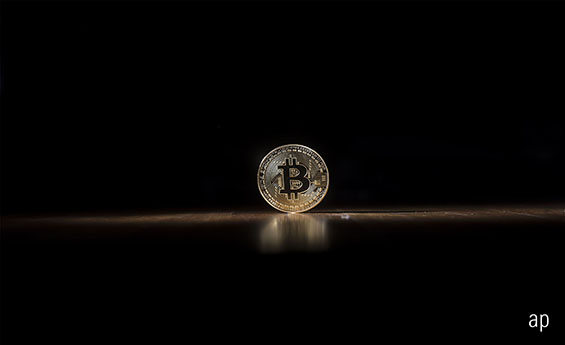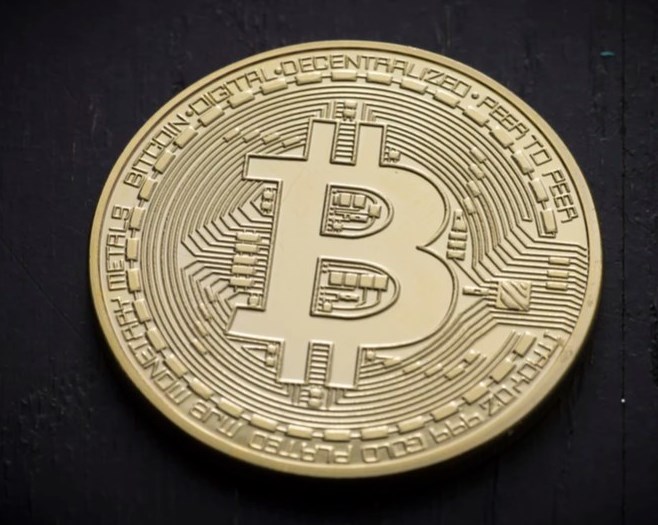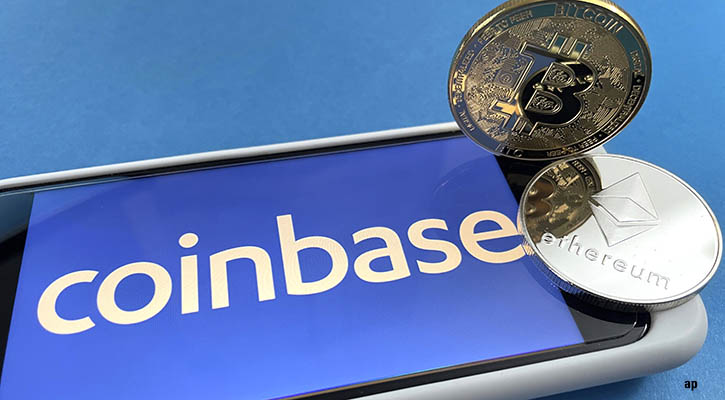
How do you determine value? I thought about this recently amid news about a digital artwork that sold online for $69.3 million. Now that's a really expensive JPEG file.
What caused the price to reach such heady heights? Supply and demand, scarcity value, novelty factor, bragging rights? In the case of this artwork, potentially a combination of all of the above.
The artist Mike Winklemann, professionally known as “Beeple”, was not well known outside of the digital art world. Now he is one of the most expensive living artists you had probably never heard of. Until now.
What is an NFT?
Christies was the auction house that sold Winklemann's artwork and while the firm has an incredible pedigree in selling art which dates back to the 1700s, this was the first time it or any other major auction house sold a piece of art that was entirely digital (with an NFT). I read that they themselves were unsure of how to value the piece. Its fair to say the auction went very well, it was a record breaker, and the artist wasamazed by the final price paid. Auction house Christie's tweeted on March 11:
"@beeple 's 'The First 5000 Days', the 1st purely digital NFT based artwork offered by a major auction house has sold for $69,346,250, positioning him among the top three most valuable living artists. Major Thanks to @beeple + @makersplaceco. More details to be released shortly"
So, what was it about this artwork that made it so hotly contended? The sale of the artwork came with some interesting features:
- Sold with a Non Fungible Token (NFT)
- Purely digital artwork
- A compilation of 5,000 individual artworks
- Sale process managed by one of the most revered auction houses, Christies
- Cryptocurrency was an acceptable form of payment
Until this, I had never heard of NFT's or non-fungible tokens. Cryptocurrency? Yes. Blockchain? Sure. NFT? Nope. I found out about them by chance when meeting with a business partner who mentioned NFT’s to me. "NF what?" I queried. He patiently explained the concept and how NFTs could be applied to assets such as artwork and music using blockchain technology. I was interested to hear about it but wondered where had I been all this time? He believes NFTs are the next big thing, just his opinion - absolutely not advice!
The record-producing artwork by Beeple is titled “Everydays: the first 5,000 days", a digital asset compiled of 5,000 individual artworks. If the new owner(s) decide to sell the artwork in the future it will have to be sold as a whole; they will be unable to siphon off individual pieces to sell. While the artwork is a rich tapestry of thousands of pieces, the owners will be able to zoom in on each individual piece, so it can certainly provide them with some viewing variety.

Everydays — The First 5,000 Days, by an artist named Beeple, released by Christie's (Christie's Via AP)
There is no doubt in my mind that an important part of the value of the artwork was that it was sold with a non-fungible token or NFT. The NFT is essentially a digital trademark providing proof of provenance and ownership.
With the use of an NFT, authenticity of the asset is forever assured; using blockchain technology the token will be stored on a digital ledger. Should the artwork change hands in the future, the NFT would go with it providing an important safeguard that this is the original piece, helping combat the risk of fraud and forgery. This can be a serious and expensive issue in the art world which is well covered in the popular BBC television series “Fake or Fortune”.
It is easy to understand how an NFT can provide safety to buyers and sellers, particularly important for digital art which can be easily replicated. It will be fascinating to watch from the sidelines to see how the use of NFT's develop. No question that we really do live in interesting times.


























